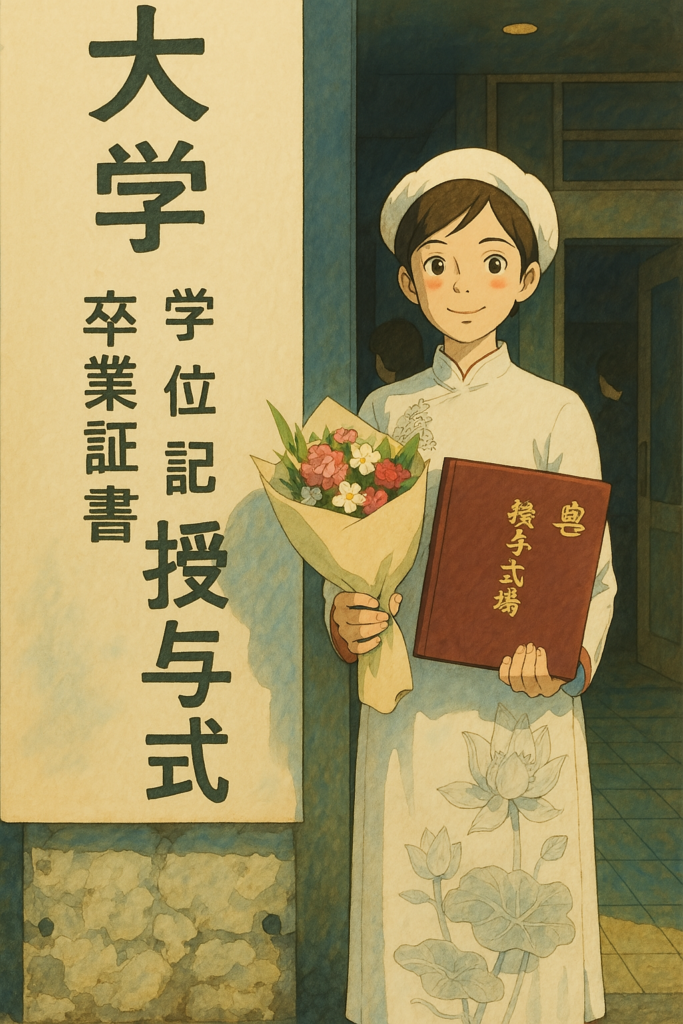「ジブリフィケーション」とAIの著作権問題
On March 25th 2025, OpenAI introduced an update to ChatGPT, powered by the GPT-4o model, enabling users to generate images in the distinctive style of Studio Ghibli, renowned for films like My Neighbor Totoro and Spirited Away. This feature quickly gained popularity, with users transforming personal photos and popular memes into Ghibli-style artworks—a trend dubbed “Ghiblification.”
The “Ghiblification” phenomenon sparked widespread discussion. While many users appreciated the creative possibilities, others raised ethical and legal concerns about using AI to replicate copyrighted artistic styles without explicit permission. However, copyright laws protect specific creative works, such as paintings, drawings, and digital art, but not general artistic styles or techniques. Therefore, it is not illegal for OpenAI to offer this feature, even for commercial use.
The main concern is whether OpenAI had permission to use Studio Ghibli’s work to train its model, highlighting potential copyright issues. Among popular AI image generators—including Google’s Gemini, xAI’s Grok, and Playground.ai—OpenAI’s new image generator is said to produce the most accurate replication of the animation studio’s style. To achieve this level of likeness, OpenAI must have trained its model on millions of frames from Ghibli’s films. Notably, Hayao Miyazaki, Studio Ghibli’s co-founder, known for his hand-drawn animation and meticulous frame-by-frame method, once described AI-generated art as an “insult to life itself.”

Meanwhile, The New York Times and several publishers are actively suing OpenAI, claiming the company trained its AI models on copyrighted works without proper attribution or payment. Similar lawsuits have been filed against other leading AI companies, including Meta and AI image-generation startup Midjourney. It has been a week since ChatGPT launched this feature, and I’m eager to see Studio Ghibli’s reaction.
I tried this new feature on my graduation photo, and below is the result after my first attempt. There are still some mistakes in the Japanese text—such as (授与式場) on the board and (卒業証明書) on the certificate—but overall, the result exceeded my expectations.
As someone who has enjoyed all of Studio Ghibli’s films, I am excited to see my photos transformed into Ghibli-style artwork. At the same time, as someone working in the IT industry, I recognize that the rapid advancement of AI makes it more urgent than ever to review and update laws, treaties, and regulations to address these emerging challenges.
(担当:Kiwi)
2025年3月、OpenAIはGPT-4oモデルを搭載したChatGPTのアップデートを発表し、ユーザーが「となりのトトロ」や「千と千尋の神隠し」などで知られるスタジオジブリの独特なスタイルで画像を生成できる機能を追加しました。この機能は瞬く間に人気を集め、個人の写真や人気のミームをジブリ風アートに変換するトレンドが生まれ、「ジブリフィケーション」と呼ばれるようになりました。
「ジブリフィケーション」現象は大きな議論を呼びました。多くのユーザーは創造の可能性を楽しむ一方で、AIが著作権者の許可なく特定の芸術スタイルを再現することに対する倫理的・法的な懸念も提起されました。しかし、著作権法は絵画やデジタルアートなどの具体的な作品を保護するものの、一般的な芸術スタイルや技法を保護するものではありません。そのため、OpenAIがこの機能を提供すること自体は、商業利用を含め違法ではありません。
しかし、主な懸念点は、OpenAIがスタジオジブリの作品をモデルの学習に使用する許可を得ていたかどうかという点です。この問題は著作権の潜在的な侵害を示唆しています。GoogleのGemini、xAIのGrok、Playground.aiなどの主要なAI画像生成ツールの中でも、OpenAIの新機能は最も正確にジブリのアニメーションスタイルを再現しています。このレベルの再現度を実現するには、OpenAIがジブリ映画の何百万ものフレームを学習データとして使用した可能性が高いと考えられます。ジブリの共同創設者であり、手描きアニメーションと緻密なフレーム単位の制作手法で知られる宮崎駿氏は、かつてAIが生成したアートを「生命への侮辱」と表現したことがあります。
一方、ニューヨーク・タイムズや複数の出版社は、OpenAIが適切なクレジットや支払いなしに著作権作品をAIの学習に使用したとして、同社を訴えています。同じような理由でMetaやAI画像生成スタートアップのMidjourneyなど、ほかの大手AI企業にも提訴されています。ChatGPTがこの機能を発表してから1週間が経ちましたが、スタジオジブリがどのような反応を示すのか注目しています。
私もこの新機能を卒業写真で試してみました。上の画像がその結果です。最初の試みとしては、掲示板の「授与式場」や「卒業証明書」など、日本語テキストにはまだ誤りが見られるものの、全体的な仕上がりは期待以上でした。
スタジオジブリのすべての作品を楽しんできた一人として、自分の写真がジブリ風のアートに変わるのはとてもワクワクする体験です。しかし同時に、IT業界に身を置く者として、AIの急速な進化が新たな課題を生んでいることを実感しており、これらの課題に対応するために、法律や条約、規制の見直しと更新がこれまで以上に求められていると感じています。
